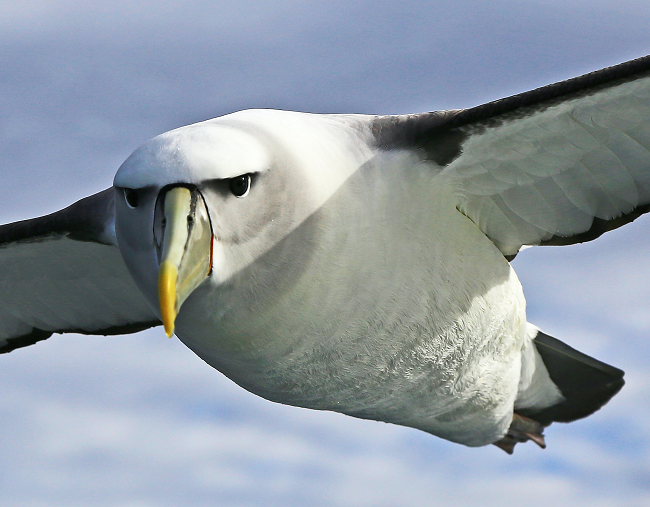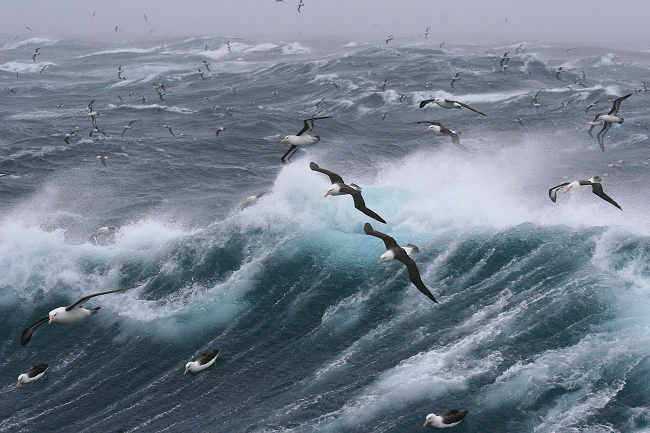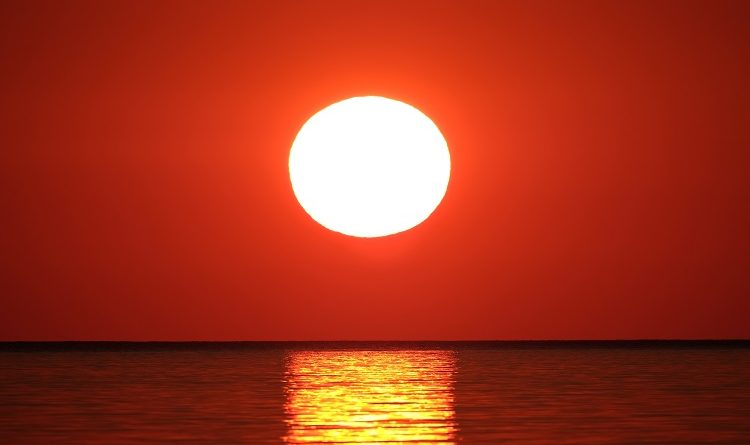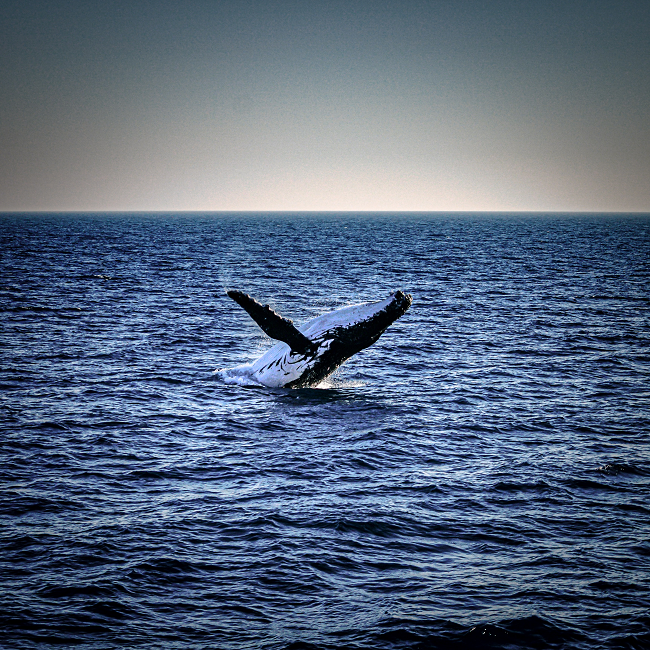The Rime Of The Ancient Mariner (Summary + Themes + Symbols + Analysis)
Let’s start off this poetry analysis with a brief summary of the rime of the ancient mariner.
“The Rime of the Ancient Mariner” was written in the 1700s by Samuel Coleridge.
In this lyrical ballad, a man going to his cousin’s wedding is stopped by an old, haggard mariner who tells him an eerie and paranormal story of how he made a dangerous mistake which triggered a series of strange events that ruined his life.
In other words, the title depicts what the poem means. The rime of the ancient mariner is a rhyme that portrays the journey of an ancient mariner. Rime refers to the frost that is often found on the periphery of ships and sails.
Symbols In The Rime Of The Ancient Mariner.
This poem is powerful in its writing, most notably, in Coleridge’s ability to make the normal seem unearthly and the unearthly seem normal.
The plentiful bizarre elements of the story are ordinarily presented with little explanation throughout the mariner’s monologue.
Meanwhile, aspects of everyday life, such as an albatross, rain, and the sea, are twisted into mystical and unnatural elements.

Coleridge especially demonstrates this on the sun and the moon. Throughout “The Rime of the Ancient Mariner,” Coleridge achieves different perceptions of the sun and moon as the situation and mood of the ballad changes using symbolism, imagery, and diction.
In this poem, the mariner stops and demands a wedding guest to listen to a story he has to tell. The mariner launches into a narration of how he was at sea with a ship of sailors.
As they embarked on their voyage, their ship moved rapidly over the water thanks to a powerful wind. Their smooth sailing was further reinforced by an albatross, a gentle seabird that guided the ship.
The Symbolism Of The Sun In Rime Of The Ancient Mariner.
While they were off to a swift start and are being overseen by a peaceful bird of good fortune, the sun is mentioned frequently in a positive context.

For example, when the sailors’ ship was being lowered, “The sun came up upon the left,/Out of the sea came he!/And he shone bright, and on the right/Went down into the sea./Higher and higher every day,/Till over the mast at noon—” (1. 7. 25-30).
The imagery here is strong and evocative. It creates the visual of a bright calm day; a day that would be ideal for sailing. The sailors, a group of superstitious people, also take this as good fortune and merrily set off on their journey.
The story in the rime of the ancient mariner takes a turn when the mariner, for unexplainable reasons, decided to shoot the albatross.
The moon is mentioned in the ballad for the first time in this line from the rime of the ancient mariner.
“Glimmer’d the white moonshine.’ […] With my crossbow/I shot the Albatross” (1. 19-18. 78-82).
It’s only a quick line. However, the fact that the first mention of the moon was right before the mariner shoots the albatross, an action that results in the disturbing events that follow, already surrounds it with negative connotation.
The next part of Samuel Coleridge’s lyrical ballad starts with, “The sun now rose upon the right:/Out of the sea came he,/Still hid in mist and on the left/Went down into the sea” (2. 1. 83-85).
This stanza is familiar because it is similar to the first mention of the symbolic sun. This repetition reflects how the sailors were, at first, unworried about the albatross’s death.

They believed that the albatross was bringing the fog and mist, so the mariner was praised for killing it. The normalcy of the above stanza, therefore, suggests that the sailors have the same attitude that they did in the beginning of their voyage.
The sailors are happy that the albatross is dead and their mood is visible in their surroundings: “Nor dim nor red, like an angel’s head,/The glorious Sun uprist:/Then all averr’d, I had kill’d the bird/That brought the fog and mist./
‘Twas right, said they, such birds to slay,/That bring the fog and mist” (2. 4. 96-102).
The sun is referred to with very strong diction here with words like “glorious” and the comparison to an angel, which also maintains the idea that the sun is similar to a guardian angel for the sailors.
Because the sailors think that the albatross’s death was a blessing, they believe that they are being watched by a deity who is providing them help and guidance.
Soon after, however, the sun’s diction begins to change . “All in a hot and copper sky,/The bloody sun, at noon,/Right up above the mast did stand,/No bigger than the moon” (2. 7. 111-114).
The breeze halts, and the sun starts growing too hot. The ship completely stops moving and the sailors begin suffering from dehydration. This sparks a new undertone for the sun.

It becomes more negative as it is the reason for the sailors’ newest conflict. The sun begins representing wrath in the rime of the ancient mariner.
Interestingly enough, when the sun is negatively transformed, it is compared to the moon. At this point, the sailors realize that killing the albatross was a mistake, and as punishment they hang the dead bird around the mariner’s neck.
While the sailors are slowly suffering on their idle ship, the mariner notices another ship surging their way.
“Almost upon the western wave/Rested the broad bright sun;/When that strange shape drove suddenly/Betwixt us and the sun./And straight the sun was flecked with bars,/
(Heaven’s mother send us grace!)/As if through a dungeon grate he peered/With broad and burning face” (3. 7. 173-180).
Given the mostly positive connotation of the sun so far, anything coming in between the sailors’ symbol of good fortune can’t be a good sign.
The imagery describes the new ship forcefully cleaving in between the sailors and the sun, and the mariner’s exclamation enclosed in parentheses further solidifies the dread of the situation.
Furthermore, because the ship is blocking the sun, the sun appears to be locked behind bars which creates an idea of hopelessness as it is suggested that the sailors’ guardian angel is unable to help them.
This makes more sense when it is revealed that Death and Life-in-Death are on the ship. Death is a greater power than an angel which is why they’re able to jail the sun.
Death and Life-in-Death are gambling over the lives of the ship’s crew. In the end, Death claims all of them, but Life-in-Death manages to win the mariner.
As soon as she declares that she has won, the sun vanishes,
The sun’s rim dips; the stars rush out:/At one stride comes the dark;” (3. 12. 200-201).
The abrupt dismissal of the sun can only foreshadow that worse is to come. Of course, with the departure of the sun, the moon enters.
Once Death and Life-in-Death have left, all the men on the ship who were claimed by Death turn to glare at the mariner before dropping dead.

“One after one, by the star-dogged moon,/Too quick for groan or sigh,/Each turned his face with ghastly pang,/And cursed me with his eye. […] With heavy thump, a lifeless lump,/They dropped down one by one” (3. 14-15. 213-220). The moon is now associated with death.
At this point, the mariner is alone on an unmoving ship with dead men at his feet and no idea what to do. He can’t pray, can’t sleep, and can’t go anywhere.
He laments about his situation,
“[…] Seven days, seven nights, I saw that curse,/And yet I could not die./The moving moon went up the sky,/And nowhere did abide:/Softly she was going up,/And a star or two beside –” (4. 9-10. 262-267).
Immediately after bemoaning about curses, the mariner mentions the moon. This further establishes the moon’s negative implications in the rime of the ancient mariner. It’s also noticeable in this stanza that while the sun is referred to as “he”, the moon is seen as female like Life-in-Death.
The moon is again mentioned in the next stanza. “Her beams bemocked the sultry main,/Like April hoar-frost spread;” (4. 11. 268-289).
In this simile, the moon is being compared to icicles traveling across the ocean. The diction here creates a powerful image of white, cold moonlight creeping on the water.
The icicle moonlight illuminates water snakes that live in the sea. The mariner watches these slimy creatures gracefully coiling in the water. Also, he observes how the moonlight shimmers on their scales.
Unconsciously, he blesses their beauty and, in that moment, the albatross’s corpse falls off his neck and sinks into the sea. The mariner’s punishment began when he killed an innocent animal for no reason.
This explains why he was forgiven once he showed kindness to other animals, realizing that there’s beauty in all of God’s creations. This is the first time the moon is perceived as positive in the rime of the ancient mariner.
Once the albatross is removed from the mariner’s neck, everything begins to change. The mariner is finally able to sleep. Also it thunderstorms with heavy rains that soothe his parched throat and baked skin.
While all this is happening, the moon is mentioned frequently. “And the coming wind did roar more loud,/And the sails did sigh like sedge;/And the rain poured down from one black cloud;/The moon was at its edge./The thick black cloud was cleft, and still/The moon was at its side:” (5. 7-8. 319-324).
The moon is now associated with good change and relief. As the rain pours down and the moon casts down it’s light, the dead men begin stirring.
Though this gives warning signals at first, it’s revealed that angels slipped into the men’s bodies to operate the ship:
“Beneath the lightning and the moon/The dead men gave a groan./They groaned, they stirred, they all uprose, […] The helmsman steered, the ship moved on; […] They raised their limbs like lifeless tools – /We were a ghastly crew” (5. 9-11. 330-341).
As creepy as that may be, it is a relatively good thing since the boat is now moving and angels are usually a positive sign. At dawn, the angels begin chorusing before departing from the bodies.
While the mariner talks about the beautiful heavenly sound, the sun finally comes back for a brief line:
“For when it dawned—they dropped their arms,/And clustered round the mast;/Sweet sounds rose slowly through their mouths,/And from their bodies passed./Around, around, flew each sweet sound,/Then darted to the Sun;/Slowly the sounds came back again,/Now mixed, now one by one. (5. 15. 351-358).
Though it’s hardly given a presence, the context is enough to wrap the sun in a positive perception and, at the same time, support that the situation is improving.
A few stanzas later, the sun is seen again in, “The sun, right up above the mast,/Had fixed her to the ocean:/But in a minute she ‘gan stir,/With a short uneasy motion – /Backwards and forwards half her length/With a short uneasy motion” (5. 21. 383-389).
The ship is now speeding forward at such a fast rate that the mariner is knocked out. Both are a blessing since the mariner gets more relief after being haunted by insomnia for the past week and he’s getting closer to home.
When he awakes later, he hears two voices discussing his fate. The conversation’s conclusion is that the mariner has paid penance, but still has more to meet.
He then wakes up, and speaks of the moon, “I woke, and we were sailing on/As in a gentle weather:/’Twas night, calm night, the moon was high;/The dead men stood together./All stood together on the deck,/For a charnel-dungeon fitter:/All fixed on me their stony eyes,/That in the moon did glitter” (6. 7. 431-438).
First, the moon is being connected to calm, smooth weather but then the moon seems to be continuously associated with the dead men. The dead men are given conflicting connotations since they are creepy but they’re also offering the mariner a way home. Finally, the mariner begins approaching home and he’s relieved, excited, and disbelieving.

One line in the rime of the ancient mariner reads, “The harbour bay was clear as glass,/So smoothly it was strewn!/And on the bay the moonlight lay,/And the shadow of the moon./The rock shone bright, the kirk no less,/That stands above the rock:/The moonlight steeped in silentness/The steady weathercock” (6. 17. 473-476). Now the moon is associated with home, joy, comfort, and relief which envelopes the moon in positivity.
The ballad ends with both the sun and the moon on positive notes, but they underwent many fluctuating perspectives to reach that point. The sun started off more positive while the moon was negative, but when the sun began falling towards the negative side, the moon rose to positive. Eventually, the sun also returned to having a positive connotation.
Their symbolic representations weren’t constant as well. The sun started out representing hope, safety, and a caretaker which shifted to wrath and repercussion. The symbolism later changed to hopelessness and the story then ends with the sun representing eagerness and home.
The moon also follows its own path of winding symbolisms. It began with heavily negative associations to death and curses. But then it began to depict repentance and progress which evolved into blissful relief and safety.
Coleridge was able to achieve these fluctuations using powerful diction, vivid imagery, and strong, meaningful symbolism. All this contributed to the mystical heart of the ballad and demonstrated that there is a touch of enchantment to everything, even perfectly ordinary things like the moon and the sun.
Now that we have read the rime of the ancient mariner summary. let’s take a look at the dominant themes in this rhyme. This analysis will be incomplete without the themes.
Themes in The Rime Of The Ancient Mariner.
Coleridge’s lyrical ballad explores the following themes and main ideas:
Religious piousness and philosophy.
This is clear in the symbols of Death and Life-in-death as well as Fate. The reader understands that there are consequences of taking the life of another living thing just for the fun of it. If you’ve been searching for the term ‘the rime of the ancient mariner themes’, you have your answer. Piety and the study of wisdom ae dominant themes in the rhymes of the ancient mariner.
Flights Of Imagination.
The mariner clearly has an imaginative psyche capable of transporting the reader to another place. Coleridge uses this theme to convey the fact that imaginative storytellers can transport people out of unpleasant situations into a novel world.
The Theme of the Natural World and Maturity.
The rime of the ancient mariner highlights the interplay between nature’s elements and human development. The albatross, the sun, the moon, life and death all contribute to the growth and maturation of the mariner. His experiences with the sea and the elements of nature transform him into a wise storyteller.
You can enjoy an audio recording of the rime of the ancient mariner on BBC Radio 3’s poetry page.
Works Cited:
Coleridge, Samuel Taylor. “The Rime of the Ancient Mariner (Text of 1834) by Samuel Taylor Coleridge.” Poetry Foundation, Poetry Foundation, www.poetryfoundation.org/poems/43997/the-rime-of-the-ancient-mariner-text-of-1834.
Author’s Bio:
Zainab Hassan is a teenager precariously balanced on the tottering bridge between high school and university. She has been a writer longer than she has been anything else and is hoping to nudge herself into the writing world. You can read her tips for writing a poetry analysis on creative writing news.







Pingback: Blue Mountain Arts Poetry Card Contest / How to Submit (Awards: Up to $650) - Creative Writing News